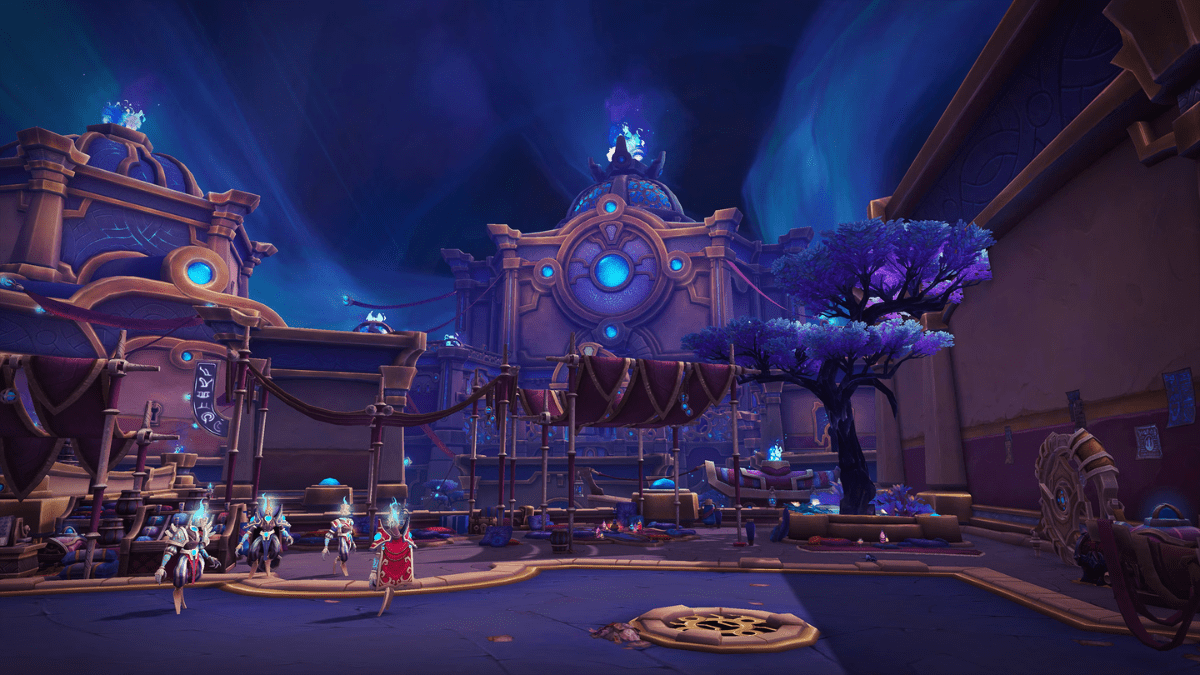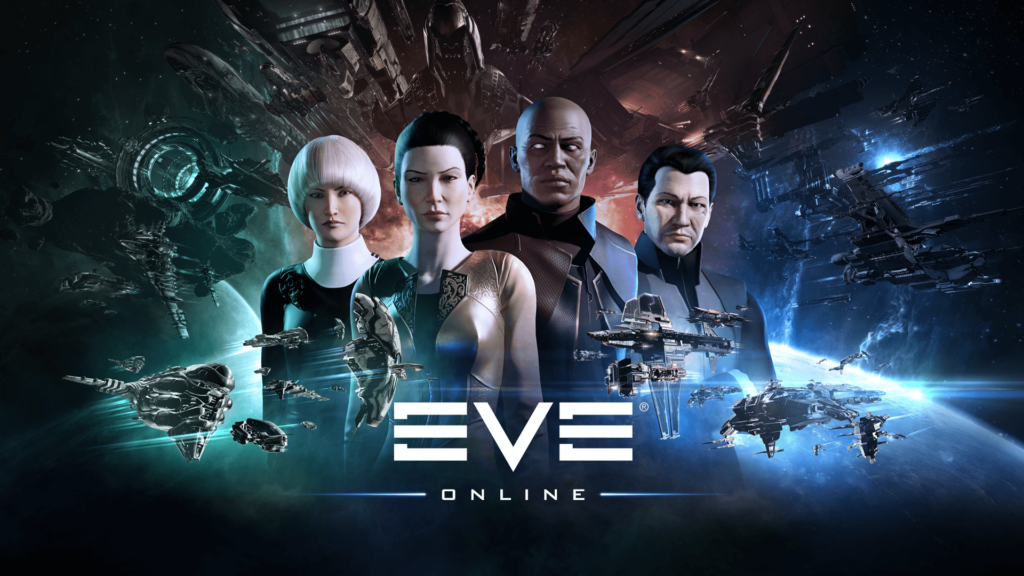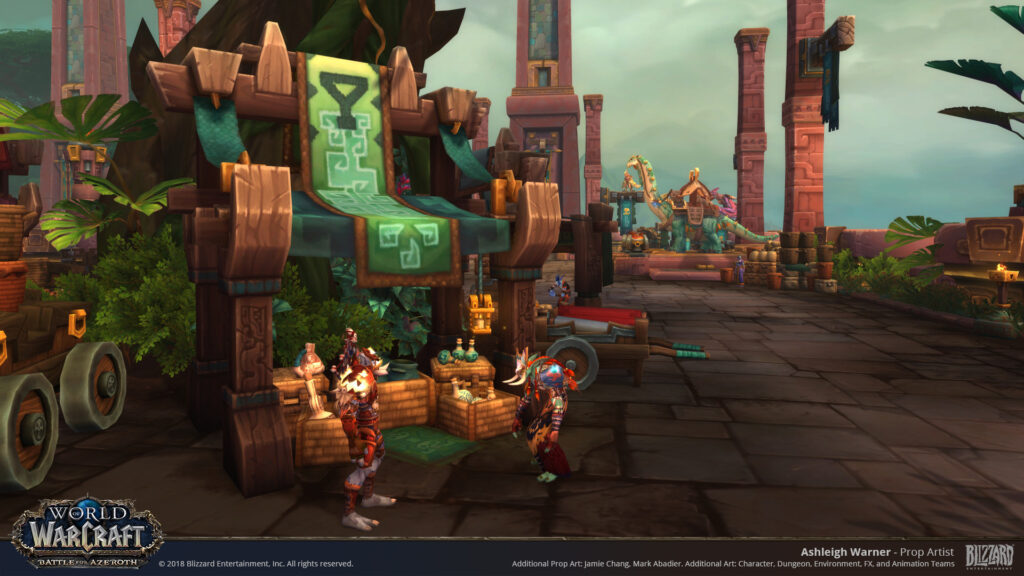Examining In-Game Markets in ‘EVE Online’ and ‘World of Warcraft’

In-game economies have become a fascinating aspect of modern gaming, with ‘EVE Online’ and ‘World of Warcraft’ (WoW) serving as prime examples of how intricate these systems can be. Both games offer deep and dynamic markets, but they operate in very different ways, reflecting their unique worlds and player bases.
‘EVE Online’ is renowned for its complex, player-driven economy. Set in a vast universe of space exploration and combat, the game allows players to engage in mining, manufacturing, trading, and even piracy. Every item in ‘EVE Online’ is created by players, from the smallest ammunition to the largest capital ships. This player-driven production means that the market is heavily influenced by supply and demand, as well as the strategic decisions of player alliances and corporations.
Also Read: Underrated Steam Games Released in 2024 That Deserve Your Time

One of the most intriguing aspects of ‘EVE Online’s’ market is its volatility. Major events, such as wars or updates that change game mechanics, can have significant impacts on prices. For instance, a large-scale battle that destroys numerous ships can lead to a surge in demand for replacement parts and materials, driving up prices. Additionally, the game features a realistic economy where factors like resource scarcity and production time play critical roles, making it a playground for players interested in economics and trade.
On the other hand, ‘World of Warcraft’ offers a different kind of market experience. While still player-driven, WoW’s economy is more structured and influenced by the game’s design choices. Players can buy and sell items through the Auction House, a centralized marketplace where they can list goods for others to purchase. Unlike ‘EVE Online,’ where items are crafted and traded by players, WoW features many items that are looted from enemies or obtained through quests.

WoW’s economy is less susceptible to player manipulation but still experiences fluctuations based on in-game events. For example, the release of a new expansion or raid tier often leads to increased demand for potions, gear, and crafting materials. Seasonal events and limited-time items can also create temporary spikes in prices.
Both games highlight the importance of in-game economies in creating immersive experiences. ‘EVE Online’ excels in its realism and depth of player interaction, making it a complex but rewarding environment for those who enjoy economic strategy. Meanwhile, ‘World of Warcraft’ offers a more accessible and stable market, appealing to a broader audience who may prefer a less intricate economic system.








